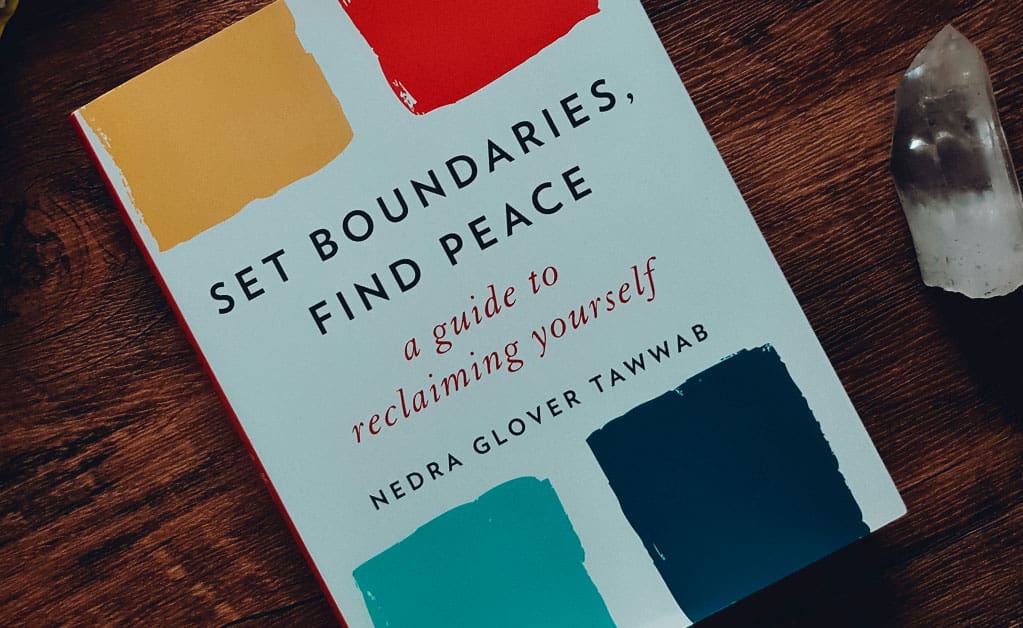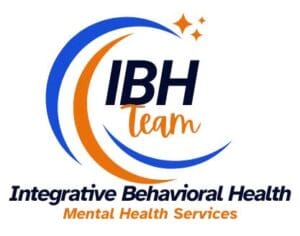In a world that constantly demands more from us—whether it's from our jobs, relationships, or even our own expectations—it can be easy to lose sight of our own needs. For people of color, the pressure to navigate multiple cultural expectations, family responsibilities, and societal challenges can make it even more difficult to maintain a sense of peace. But there’s a powerful tool that can help you regain control and protect your well-being: counseling.
Counseling isn’t just for those in crisis. It’s a proactive way to establish and maintain healthy boundaries in all areas of your life. By learning to set and enforce these boundaries, you can protect your peace, reduce stress, and live a more balanced, fulfilling life.
Understanding Boundaries: What They Are and Why They Matter
Boundaries are the invisible lines that define how we interact with others and how we allow others to interact with us. They are essential for maintaining healthy relationships, managing stress, and ensuring that our own needs are met.
For many people of color, the concept of boundaries can be complicated. Cultural expectations often prioritize the needs of the family or community over the individual, making it difficult to say "no" or assert personal needs without feeling guilty. This can lead to feelings of burnout, resentment, and emotional exhaustion.
Healthy boundaries, however, are not about being selfish. They’re about recognizing that in order to take care of others, you must first take care of yourself. Counseling can help you understand where your boundaries currently lie, why they might be blurred or non-existent, and how to build stronger, healthier boundaries moving forward.

The Role of Counseling in Establishing Healthy Boundaries
So how exactly can counseling help you set these essential boundaries? A skilled therapist provides a safe, non-judgmental space where you can explore your current boundaries—or lack thereof. Through this process, you can gain clarity on what you truly need and learn how to communicate those needs effectively.
Identifying Boundary Issues
The first step in setting healthy boundaries is recognizing where they’re lacking. Many people struggle with boundaries because they’ve never learned how to set them in the first place. This might be due to cultural upbringing, past trauma, or simply a lack of understanding about what healthy boundaries look like.
A counselor can help you identify the areas in your life where your boundaries are weak or non-existent. This might include work, where you feel obligated to always be available; family, where you take on more than your fair share of responsibilities; or relationships, where you struggle to assert your needs.
Learning to Say No
One of the biggest challenges in setting boundaries is learning to say "no." For many, especially in communities of color, saying "no" can feel like a rejection of cultural values or an act of disrespect. Counseling can help you reframe this thinking and understand that saying "no" is a vital part of self-care.
Through role-playing and other therapeutic techniques, a counselor can help you practice saying "no" in a way that feels comfortable and respectful. Over time, this practice can help you feel more confident in asserting your boundaries in real-life situations.
Communicating Boundaries Effectively
Setting boundaries isn’t just about knowing where they lie; it’s also about communicating them clearly and consistently. This can be particularly challenging if you’ve been used to putting others’ needs before your own.
A counselor can work with you to develop communication strategies that help you express your boundaries without guilt or fear. This might include learning how to have difficult conversations with loved ones, setting limits with co-workers, or simply reminding yourself that it’s okay to prioritize your own well-being.
Real-Life Examples of Boundary Success
Consider Latoya, a 30-year-old professional who was constantly overwhelmed by the demands of her job and family. She felt like she couldn’t say "no" to her boss’s requests for overtime or to her family’s expectations that she would always be available to help. Through counseling, Latoya learned to identify her own limits and set boundaries that protected her time and energy. Today, she feels more in control of her life and less stressed.
Then there’s Marcus, a 45-year-old father who struggled to balance his career with his responsibilities at home. He often felt guilty for not being able to do it all and was on the brink of burnout. Counseling helped Marcus understand that setting boundaries wasn’t about letting others down—it was about being able to show up fully in the roles that mattered most to him. By establishing clear boundaries at work and home, Marcus was able to find a better balance and protect his peace.
These stories highlight the transformative power of counseling in helping people of color establish and maintain healthy boundaries, leading to a more balanced and fulfilling life.
Taking the First Step Toward Protecting Your Peace
If you’re feeling overwhelmed by stress, burnout, or the sense that you’re giving more than you’re receiving, it may be time to consider counseling. Setting healthy boundaries can be challenging, but it’s one of the most valuable steps you can take to protect your peace and well-being.
Start by finding a counselor who understands the unique challenges faced by people of color. Look for someone who is culturally competent and can offer support that resonates with your specific experiences. Remember, seeking help is not a sign of weakness—it’s a powerful step toward taking control of your life.
In your first counseling sessions, you’ll explore your current boundaries and identify where they need strengthening. Your counselor will help you develop the tools and strategies you need to set and enforce those boundaries, empowering you to live a life that’s more balanced, less stressful, and truly your own.

Conclusion: Empowerment Through Healthy Boundaries
Establishing healthy boundaries is key to protecting your peace in a world that constantly demands more from you. Counseling offers a supportive, guided approach to understanding and setting these boundaries, helping you reclaim your time, energy, and well-being.
Start setting boundaries before you feel overwhelmed. Take the first step today by finding a counselor who can help you build the life you deserve—one where your needs are met, your peace is protected, and your well-being comes first.
Contributors and Sources
- Dr. Thema Bryant - Clinical Psychologist and Director of the Culture and Trauma Research Lab, specializing in the mental health of people of color.
- The National Alliance on Mental Illness (NAMI) - Offers resources on boundary setting and mental health support, particularly for people of color.
- The Association of Black Psychologists (ABPsi) - Provides culturally competent mental health resources and counseling referrals.
- Set Boundaries, Find Peace by Nedra Glover Tawwab - A guide to boundary-setting from a licensed therapist who specializes in working with communities of color.


